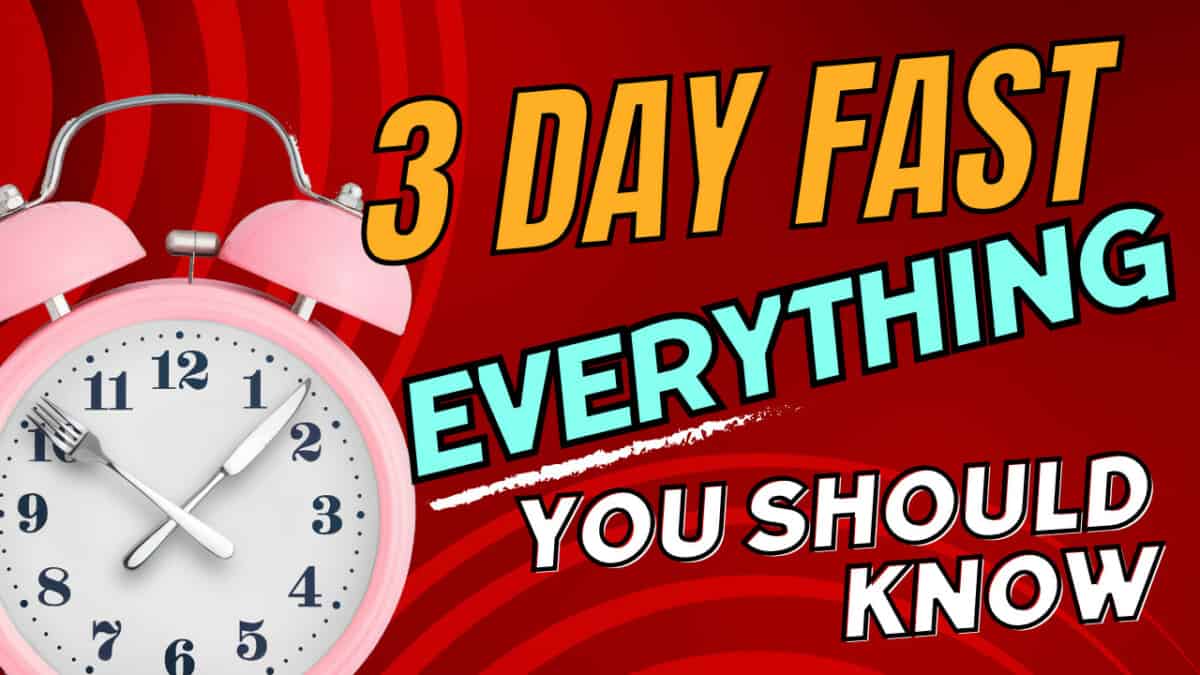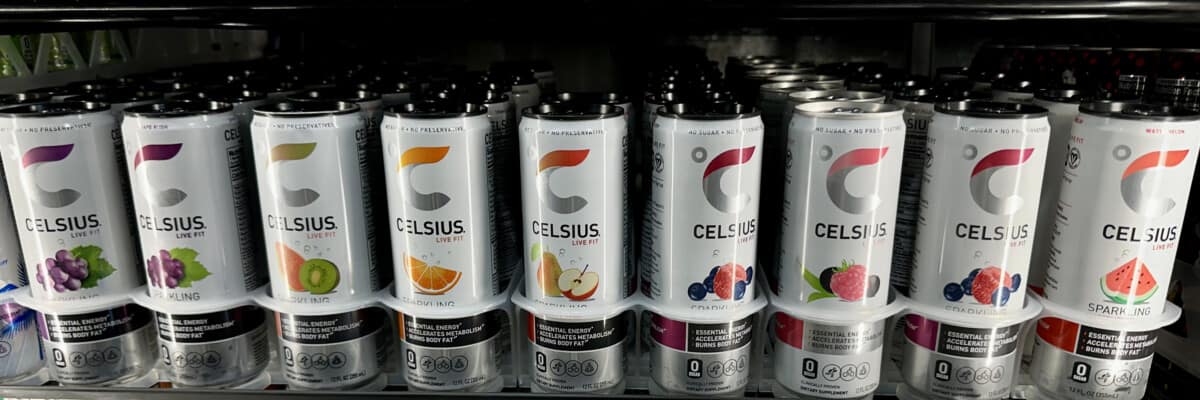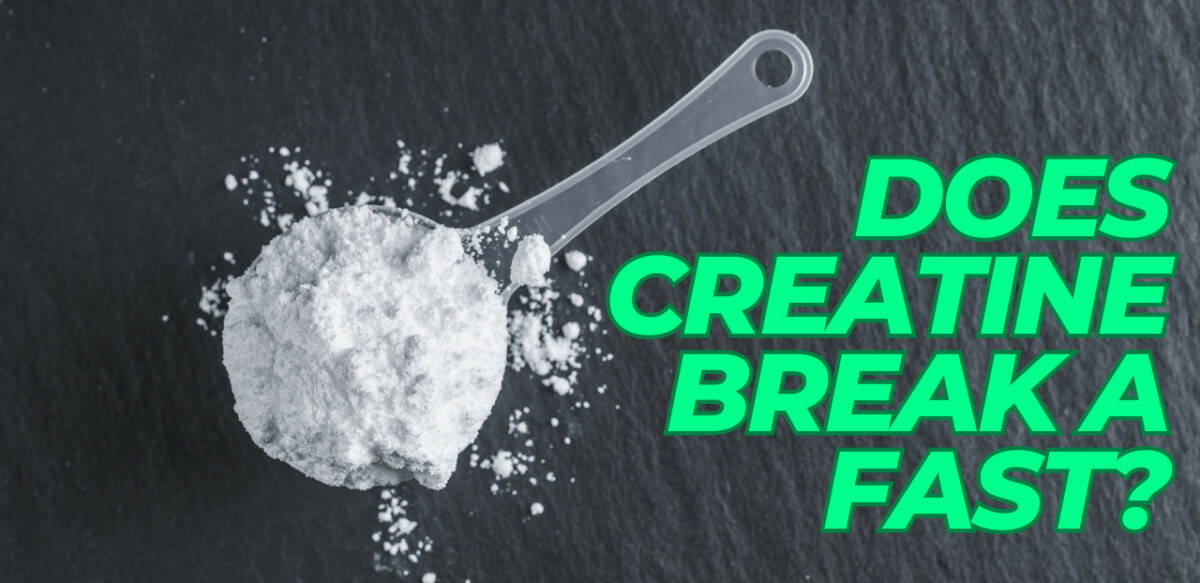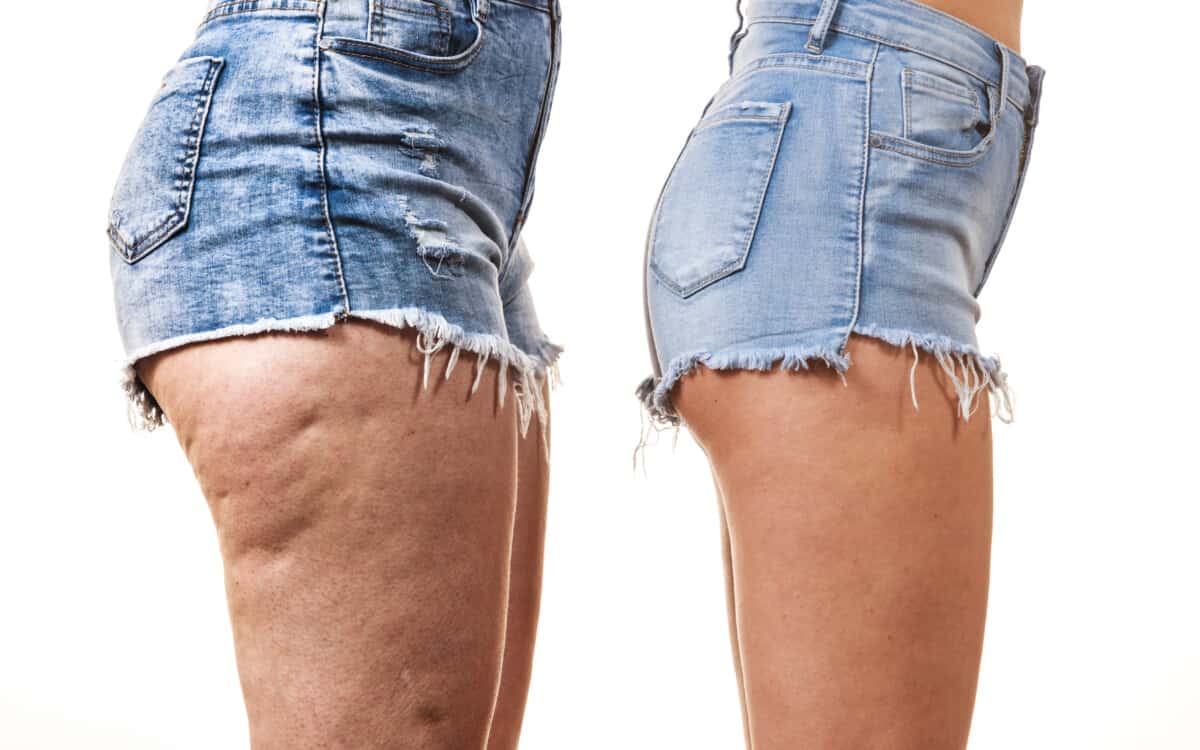Want to know how to trigger the Afterburn effect with the best exercises & workouts?
If you’ve never heard of then Afterburn workout then you’re about to discover the best-kept secret for burning fat and calories around the clock.
With the Afterburn effect, your body can continually burn fat for many hours after you’ve finished working out. So if burning more fat and calories while you sleep tonight sounds like a good idea then this is for you.
You see the problem with most slow-go traditional steady state cardio workouts is the calorie burning stops the moment you stop working out.
But with an Afterburn workout, you’re going to crank up your metabolism. This causes a metabolic disturbance in your body increasing how many calories you burn.
If you’ve tried working out before and haven’t really gotten any results then it’ll be a good idea to give these science-backed Afterburn effect workouts a shot.
You’ll be able to burn more calories and fat around the clock by triggering the Afterburn effect so you can slim down faster than ever before.
How to Trigger the Afterburn Effect

When you go to the gym you’re most likely going to see people jogging or casually striding on an elliptical machine. Or they’re going to be walking from weight lifting machine to another.
And I’ll be the first to admit this is better than nothing but it’s far from ideal when it comes to fast fat loss.
Traditional boring slow-go cardio will only boost your metabolism (how many calories you burn) while you actually do it. But the second you stop working out so will your metabolism.
The big benefit with an Afterburn effect workout is you’re going to create a “metabolic disturbance” in your body.
This means your body is going to have to work overtime while you rest to bring itself back to its normal state. And to that, it’s going to have to burn more calories and fat for fuel.

This metabolic disturbance in your body is known scientifically as the EPOC (Excess Post-exercise Oxygen Consumption).
The best kind of exercises and workouts to trigger the Afterburn effect are High-Intensity Interval Training (HIIT) and Metabolic Resistance Training (MRT).
Here’s a study finding a group doing HIIT style circuit training workouts ended up creating a bigger EPOC than the group just jogging on a treadmill.
With the Afterburn effect, your body will continually burn fat and calories for many hours after you’ve finished the workout. All adding up to more and more results for you.
Afterburn Effect: Metabolic Resistance Training & HIIT

When I tell people about Metabolic Resistance Training I’ll tell them at its core to think of it as “cardio with weights.”
It’s the modern way of lifting weights so you elevate your heart rate and maximize how much fat you burn during (and after) your workout.
Here are some of the principles of Metabolic Resistance Training:
- total body resistance training
- non-competing exercise supersets
- minimal rest
- challenging weights/resistance
- multi-joint compound movements
- high time under tension
Here’s a big study proving the Afterburn effect in action…
The study found a 30-minute circuit style Metabolic Resistance Training workout resulted in a 38-hour metabolism increase. This is the Afterburn effect.
So your body can keep burning calories and fat for up to 38 hours after you finish an Afterburn workout. So if you workout at 12 noon today then your body will still be burning fat until midnight tomorrow. That’s crazy!
Here’s another study finding those doing a Metabolic Resistance Training combined with a reduced calorie diet ended up burning off 44% more fat than those who just dieted.
Burning 44% more fat just by doing a specific style of working out will burn more fat during the workout. And it’ll also create an Afterburn effect so you can continually burn fat for many hours after.
And according to this study, it’s much more efficient to achieve an Afterburn effect with resistance training (MRT) than it is doing slow-go boring cardio.
This is really the power of the Afterburn effect. When you combine Metabolic Resistance Training and HIIT you’ll create the best combination for triggering it.
Here’s a study comparing those who did 15 weeks of HIIT workouts vs. 20 weeks of endurance training. Those doing HIIT ended up burning 900% more body fat than the endurance training group. Now that’s NINE TIMES more fat in half the time spent doing the workout.
Afterburn Effect vs. Cardio… Is It A Myth?

Now the big problem with slow-go steady state cardio is your body is going to end up getting used to it.
The body is a powerful thing and anything it does it’ll end up getting used to. If you’ve ever plateaued while on a diet or workout plan then you know what I mean.
So the more your body adapts to long-form slow cardio the more you’re going to have to do of it to keep getting results! This will end with you jogging on the treadmill for hours at a time or pounding away at the Stairmaster.
Ever hear of the “fat burning zone?”
This is the concept that your body is going to burn more fat at a lower intensity while doing cardio than at higher intensities.
And it’s true except for one big factor.
You’re still going to end up burning more total overall calories and fat from a HIIT and Metabolic Resistance Training workouts.
Plus slow-go cardio workouts aren’t going to create the Afterburn effect. But HIIT and MRT workouts will add to your total calories burned.
If you’ve ever seen the body of a sprinter and a marathon runner side-by-side then know instantly which has the better physique.

Sprinters not only have a more attractive physique but they also have less body fat and more lean muscle mass.
The big benefit with HIIT and MRT style workouts is you can easily change them up so your body doesn’t adapt to them. This way you can keep creating an Afterburn effect.
All you have to do is change up the exercise, increase the resistance, change sets/reps, change tempo, decrease rest periods, increase speed, etc.
The possibilities are endless for HIIT and MRT style workouts!
Does the Afterburn Effect Really Work?

The reason the Afterburn effect works so well is it raises your metabolism for hours after you’ve finished working out.
Think of your metabolism as how many calories your body burns throughout the day.
So the higher your metabolism is working the more fuel you’re going to need. And what we want is fuel coming from calories burned from fat.
Now doing slow-go cardio workouts will only burn calories while you’re actually doing it. But with HIIT and MRT workouts you’re going to burn a lot more calories during plus for many hours after you’ve finished.
Plus with Afterburn workouts, you’re going to add on more lean muscle. Studies have found muscle mass also increases your metabolism forcing your body to burn more calories.
How EPOC Burns Fat

The Afterburn effect also is known scientifically as the EPOC (Excess Post-Exercise Oxygen Consumption).
With HIIT and MRT workouts, your metabolism can take anywhere from 12-38 hours to get back to its pre-exercise state. After you’ve done these style of MRT and HIIT workouts your body can burn through a heck of a lot of fat and calories when it’s all said and done.
Here’s a study finding heavy weight training when combined with HIIT workouts were superior to slow-go jogging workouts to create an Afterburn effect (EPOC).
How much of an EPOC you can get is largely determined by the intensity of your exercise and workout. So if you’re not working out hard then there’s really not much of a shot of getting an Afterburn effect.
Here’s another study finding those doing higher intensity weight lifting ended up creating a greater EPOC than those doing less intense exercise.
Afterburn Interval Training

Interval training is going to be key to creating an Afterburn effect for faster fat loss.
Think of interval workouts as a series of intense exercises followed up by short rest periods. You’ll be alternating periods of high intensity work followed up by a short “rest” period.
This will allow you to get more work done and create a bigger metabolic disturbance in your body.
And the best forms of interval training come from HIIT and MRT workouts.
Even though these Afterburn workouts can seem tougher at first you’re gradually going to get better at them. The good news is you can keep mixing things up like your exercises, order, rest periods, etc. to constantly challenge your body.
This way you’ll force your body to continually push the intensity. This will not only burn more calories and fat during your workout but also creating an Afterburn effect for many hours after.
Another key with these Afterburn exercises and workouts is to make sure you’re using a challenging resistance.
Now, this can be your bodyweight at first or finding a pair of dumbbells. Make sure your form doesn’t get sloppy and you can barely finish by the end.
This study found weightlifting with challenging weights resulted in an increase in metabolism for 3 days. This was compared to those who did lighter weights and didn’t do much else.
Afterburn Effect Workout Routine
Workout 1:
A1. Lunge Hops 3×8/leg
A2. T-stab Pushups 3×10
A3. Pull-ups 3×8
A4. Burpees 3×8
A5. Planks
===
Workout 2:
A1. Dumbbell Punches 3×20
A2. Low Row Pull-ups 3×10
A3. Jump Squats 3×15
B1. Spiderman Pushups 3×10
B2. Dumbbell Squat to Press 3×10
B3. Burpees 3×8
===
Workout 3:
A1. Dumbbell Step-ups 3×30 sec.
A2. Arnold Presses 3×30 sec.
A3. X-Jumps 3×15 sec.
B1. Superman Pushups 3×20 sec.
B2. High Knee Sprints 3×20 sec.
B3. Bent Over Rows 3×20 sec.
C1. Mountain Climbers 3×30 sec.
C2. Burpees 3×30 sec.
What Exercises Cause the Afterburn Effect?
To create the Afterburn effect you’re going to have to pick exercises that are challenging for you. Then you’re going to have to arrange them in a way so you continually do them without much rest in between.
Here are some of the best strategies:
- multi-joint exercises
- compound movements
- short rest periods
- challenging weights/resistance
- supersets with non-competing body parts
How Long Is the Afterburn Effect?
Studies have found typical Afterburn effect to last anywhere from 12-24 hours. But there was one study finding it lasted up to 38 hours post-workout.
It’s really going to depend on the effectiveness of the intensity of the workout you did. The better the Afterburn workout the greater the effect is going to be.
Conclusion
Triggering an Afterburn effect can drastically end up increasing how much fat and calories your body can burn in the long run.
With that said you shouldn’t expect it to work complete miracles either. Even though you’ll be burning fat and calories around the clock you shouldn’t expect to eat ice cream every night and still get results.
But the more you keep doing HIIT and Metabolic Resistance Training workouts the more fat and calories you’re going to burn. Plus you’ll be creating the Afterburn effect that’ll burn a ton more calories that you otherwise wouldn’t get with slow-go traditional cardio workouts.
I’m not saying you can never go for a jog again. But that’s more like the bottom 20% of your workout routine. Most people don’t have much time to work out so you’ll get way more bang for your buck by doing Afterburn workouts.
For a complete Afterburn workout plan that uses both HIIT and Metabolic Resistance Training then check out The Flat Belly Formula. I created a 16-week plan that lays out a total Afterburn workout formula to burn a massive amount of fat and calories 24/7.
Hopefully, you now know how to trigger the Afterburn effect by doing the right exercises and workouts. Now it’s time to put it into action so you can start getting the results you want now.
Josh holds a Bachelor’s degree in Exercise Physiology and Nutrition Science. He’s a Certified Strength and Conditioning Specialist (CSCS) by the National Strength and Conditioning Association and he’s a Certified Personal Trainer (CPT) by American Council on Exercise. He’s worked as a Strength and Conditioning Coach at the high school and college levels. He has over 15 years of experience as a personal trainer and nutrition coach. He strives to bring inspiration and results for people to live healthier lives through smart diet and exercise.









